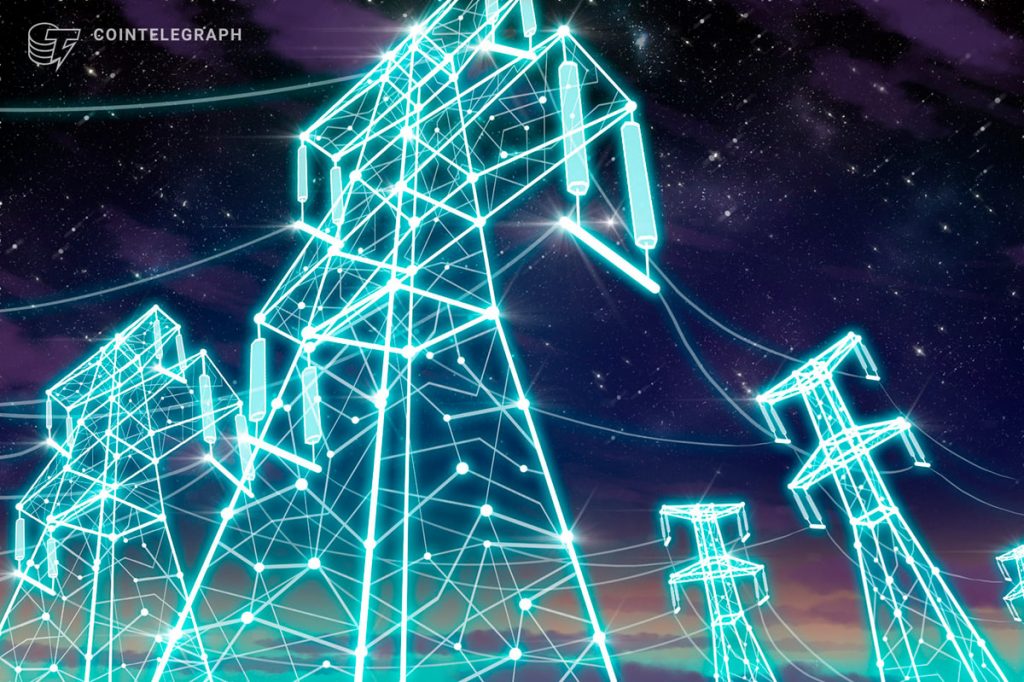Cryptocurrency mining and artificial intelligence operations drive the demand for electricity to new highs across North America as industries connect large-scale data centers and facilities to the energy grid.
According to a North American Electric Reliability Corporation (NERC) report, this growth in electricity demand is expected to present challenges to forecasting and reliability.
Crypto mining electricity use can vary, often scaling with market prices, which adds further complexity to energy grid management and sudden fluctuations in energy load requirements during normal operations.
The NERC report highlights the strain on grid reliability and the increased risk of energy shortfalls posed by crypto mining and AI operations. It seeks to address the issues for the future to ensure a stable power supply to North America.
Related: TeraWulf to lease 70 MW to host AI as Bitcoin mining costs jump
Crypto, AI expected to spike energy demands
The NERC’s latest Long-Term Reliability Assessment shows that significant growth, particularly in regions like Texas, has forecast an increase of 4.6% annually to 2029 at peak summer demand — four times more than previous projections.
The report highlights that AI data centers and crypto mining facilitate unique challenges due to their energy-intensive nature and varying energy load behaviors.
These energy demands can shift randomly, as seen when crypto-mining facilities adjust consumption based on electricity prices or when AI data centers ramp up energy use for processing, cooling, and storage.
Projected Reserve Margin Shortfall Areas. Source: NERC
Related: Bitcoin miners as energy buyers, explained
Risks to reliability and stability
With crypto and AI becoming mainstream staples over time, their associated operations pose significant challenges to energy grid stability and reliability due to potential grid strain, particularly in peak periods or amid operational faults.
In Texas, where crypto mining and AI hubs are concentrated, the Electric Reliability Council of Texas (ERCOT) reports increasing risks associated with contracted and non-contract energy loads.
Sudden load changes in the crypto mining and AI industries potentially mimic issues seen with inverter-based resources, like disconnections during faults or price spikes, and introduce new risks for grid operators managing variable renewable energy resources.
Projected Growth in Data Centers in the US. Source: NERC
Related: MARA rolls out advanced ASIC recycling with wind power
Strategies to address rising electricity consumption
The NERC calls for proactive measures to address the increasing strain on the energy grid in North America, suggesting improved demand forecasting, advanced transmission planning, and expanded demand-side management (DSM) programs.
ERCOT has implemented energy response and demand response programs to balance the energy grid load during critical periods.
Texas has also introduced legislation, like Texas’ HB 3390, which mandates improved distributed energy resources (DERs) tracking to improve reliability assessments.
In tandem with the rising concerns, some mining firms are shifting toward renewable energy sources, like MARA’s (formerly Marathon Digital) acquisition of a wind farm in Hansford Country, Texas.
Magazine: 5 real use cases for useless memecoins


